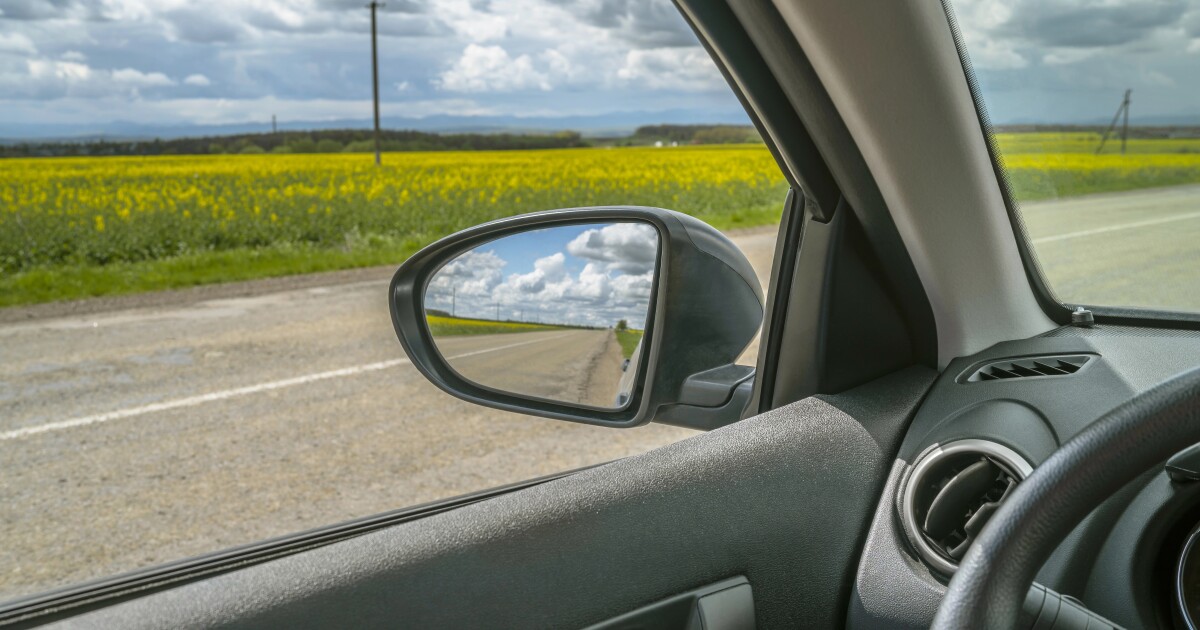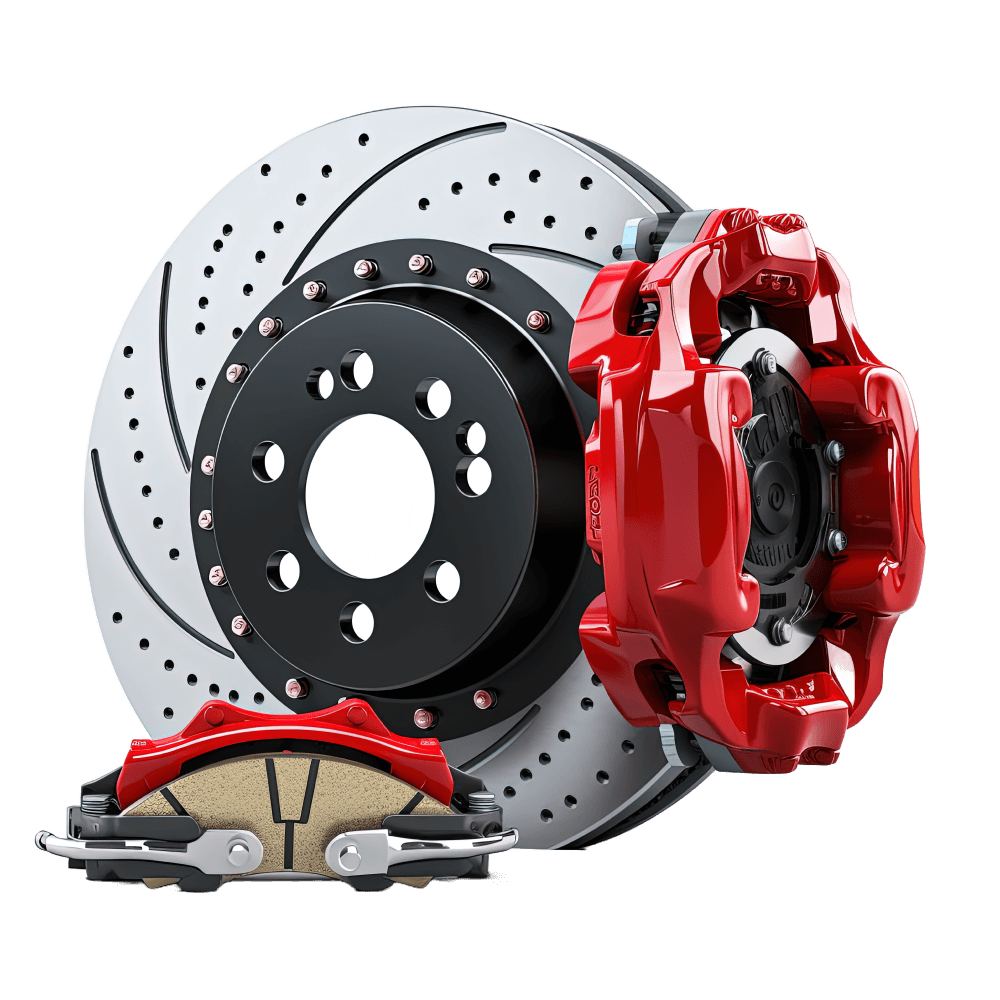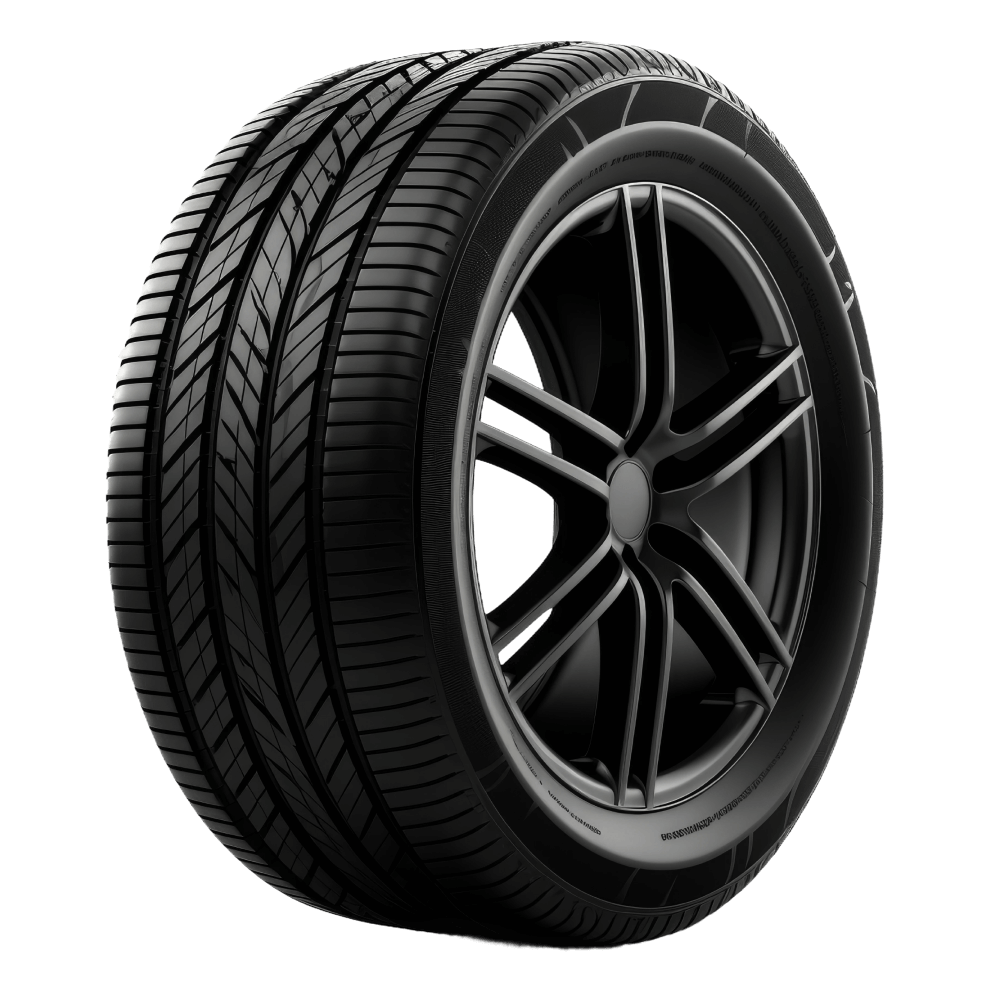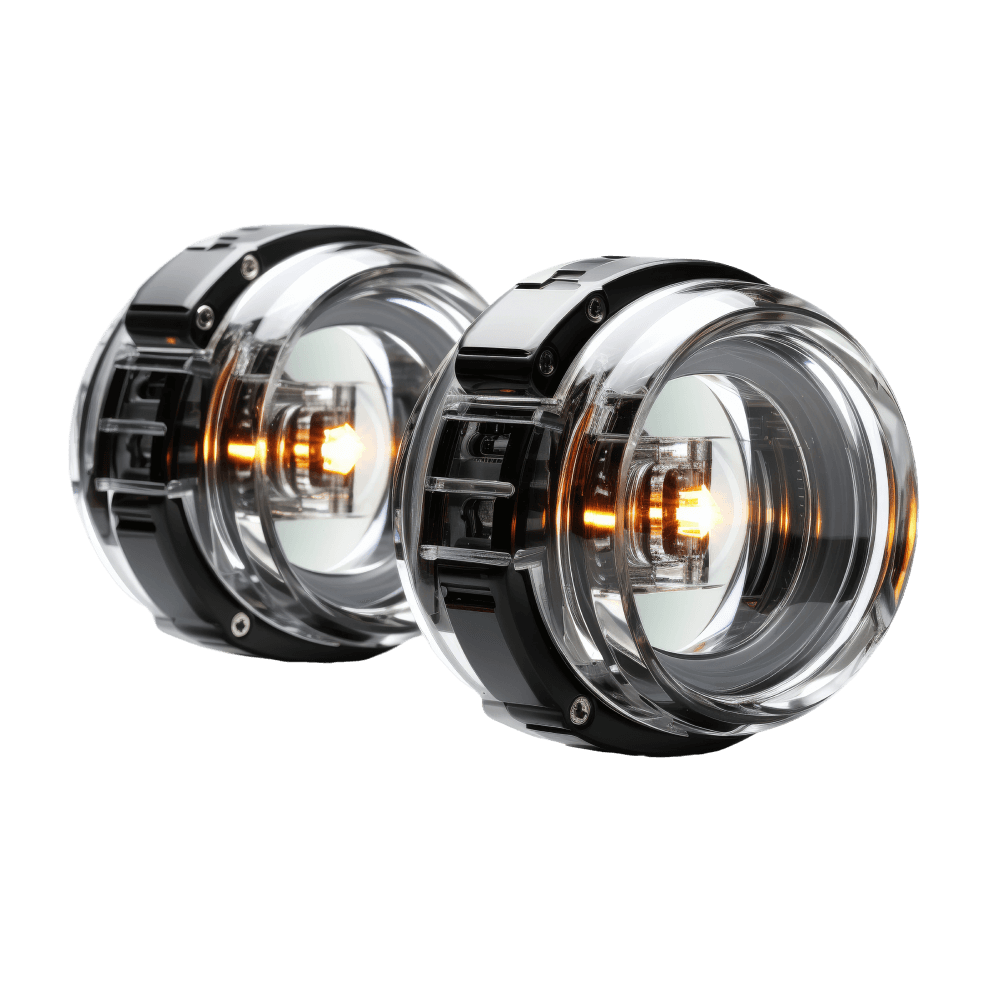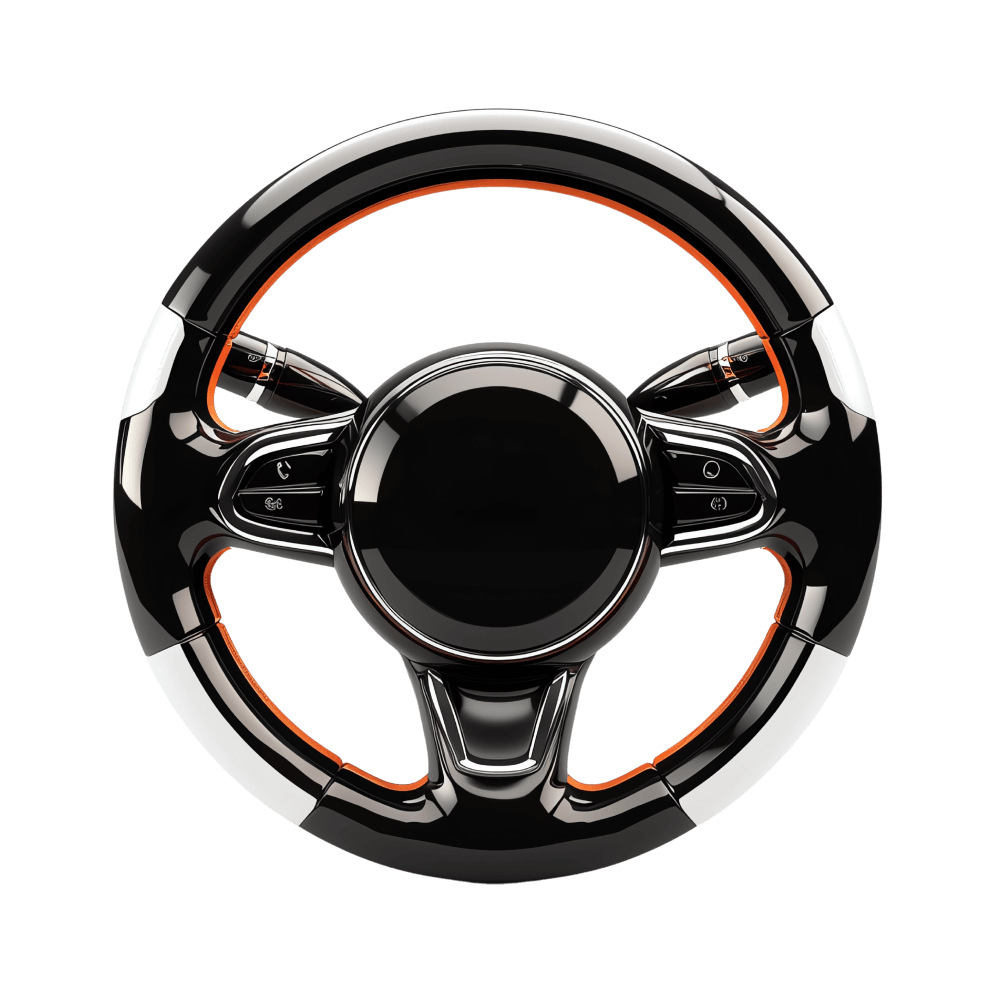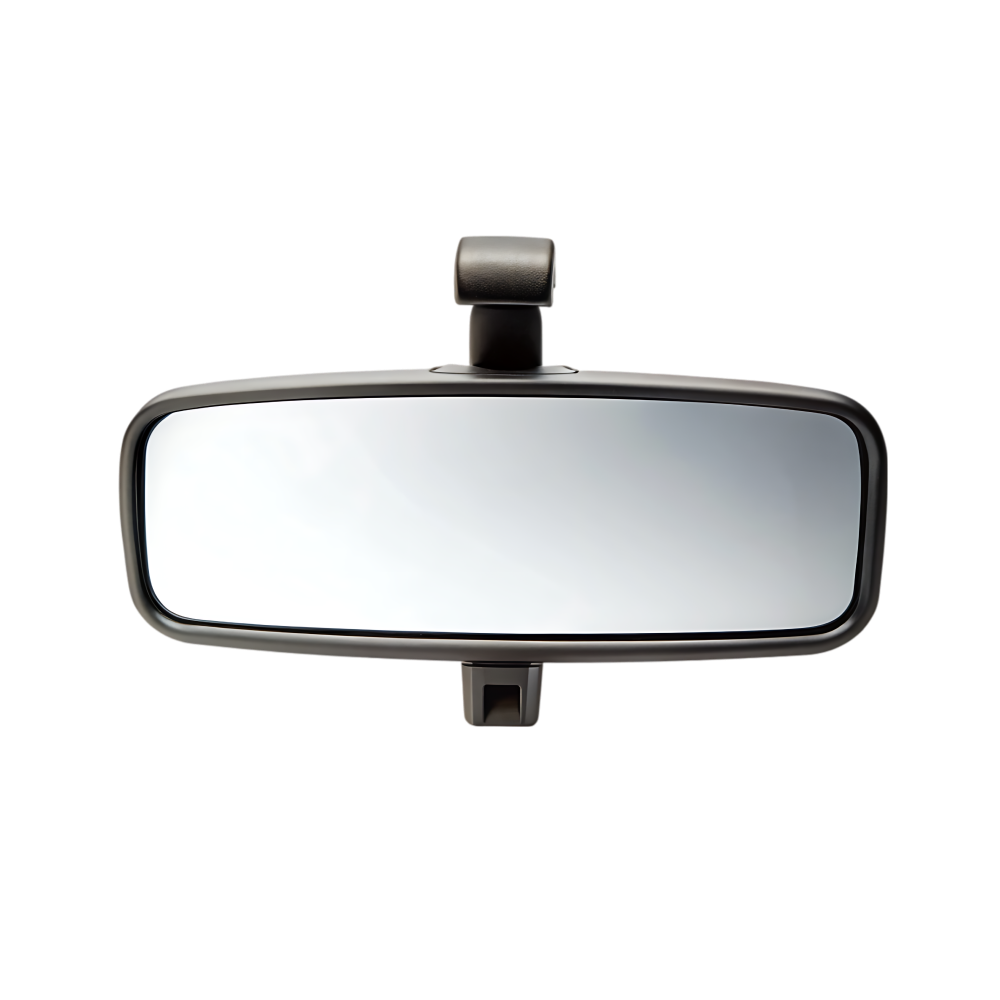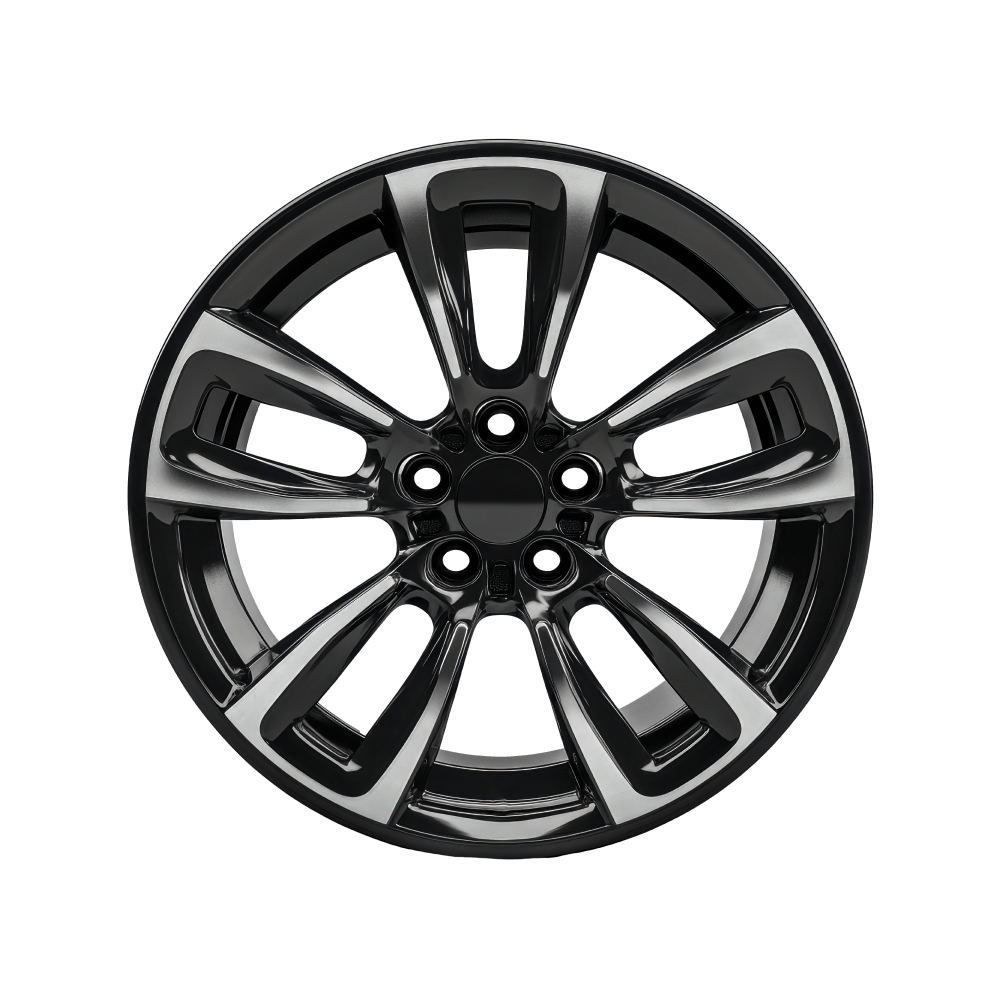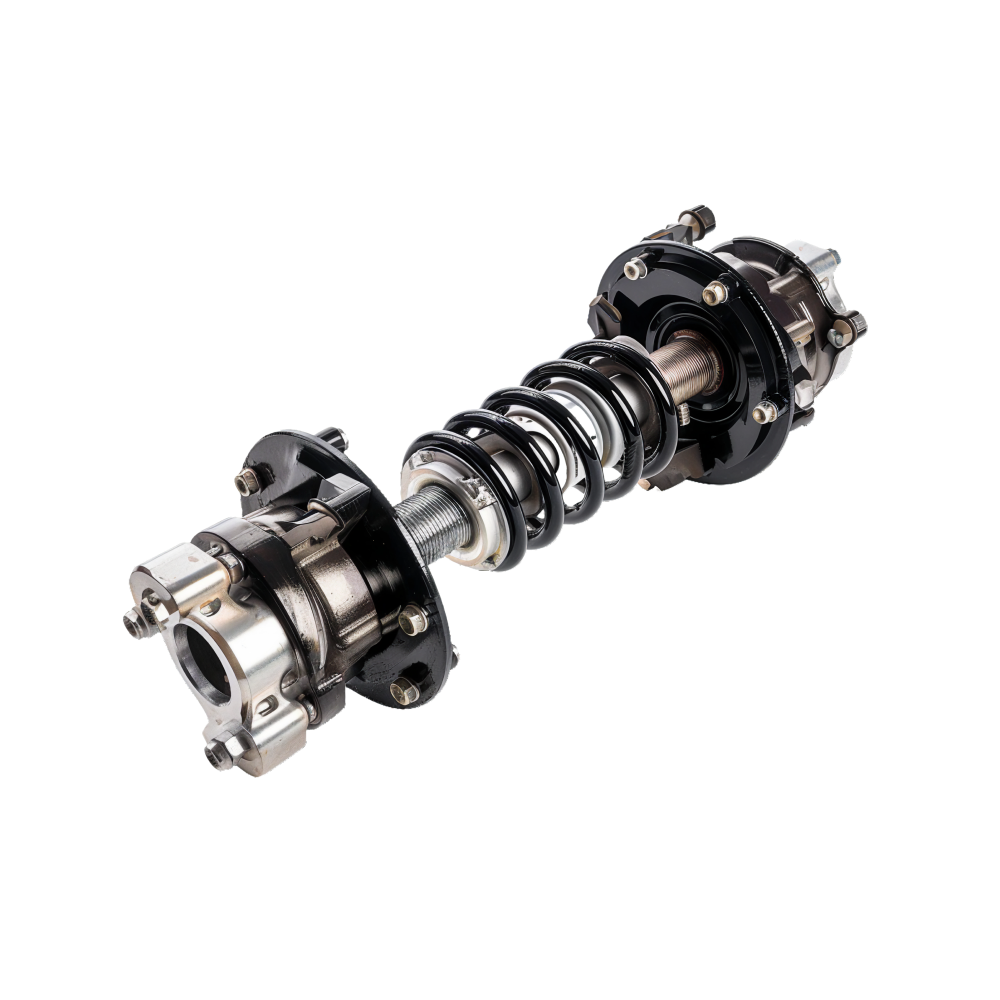We expect new cars to be better than old cars, given how much engineering and legislative effort goes into improving them. So when you update your daily driver, a move that most of us experience as quite costly, it can be hard to accept that its user-friendliness has gone backwards in certain respects.
You wonder whether you’re imagining things, as I did after I switched from a 2004 wagon to a 2023 small SUV from the same manufacturer. The new car was smaller inside than the old one but felt bigger to drive. It seemed as though it was harder to negotiate confined spaces without denting the bodywork. Did I just need time to get used to the car?
If you’ve asked yourself the same sort of question, a first-time study by the Insurance Institute for Highway Safety (IIHS), a non-profit research center in the United States, supplies a sanity-saving reality check.
Puzzled by traffic accident data showing that fatalities for cyclists and pedestrians had risen over the past 25 years, while car passenger deaths had come down, IIHS researchers wondered whether drivers might be finding it harder to see those more vulnerable road users.
And they discovered that successive versions of long-running popular cars had obstructed, more and more, a driver’s view of the 10 meters (33 ft) of space they were about to drive into.
That near-car view from the eye point of the average male driver had shrunk on every one of six long-running models tested, IIHS testing showed, when an early (1997-plus) version was compared with the version on sale in 2023.
In the case of traditional cars, the near-car viewable area had contracted only slightly, the 7-8% reductions from the Honda Accord and Toyota Camry possibly even attributable to measurement error.
When it came to SUVs, however, the shrinkage was dramatic. The driver of a 1997 Honda CR-V could see 68% of a forward half-circle whose perimeter was 10 meters (33 ft) from their eye point – slightly more, in fact, than from the sedans that were tested. The driver of a 2023 CR-V could see just 28% of that semi-circle.
In relative terms, the driver of the 2023 CR-V could see only 42% of what they would see from a 2017 model, within that half-circle.
Just as shut-in was the driver of a big Chevrolet Suburban, except that its 28% near-view in 2023 had not shrunk as much from the mere 56% view available to drivers of the body shape launched in 2000, the earliest tested.
The two remaining vehicles in the study, the Jeep Grand Cherokee and Ford F-150, fell between these extremes, both for the available near-view in 2023 (50% and 36% of the semicircle, respectively) and the proportional reduction over time (25% and 21% – the F150 was very restricted even in 2001).
Relevantly, the picture improved when the field of view between 10 meters and 20 meters (66 ft) around the car was examined: every vehicle, regardless of age, showed its driver more than 80% of that area. So in any of the cars, you can still see very well into where you’ll be soon.
The IIHS has developed a camera-based method for measuring view-area that it says is much easier and faster to use than prior instruments, and as accurate. It says its study is the first to show how driver near-car views have changed over time, and it is working on a study that tests many more models.
It said it focused on the 10-meter semicircle because that’s slightly more distance than the average driver needs to bring their car to a stop from 16 km/h (10 mph).
The authors of this initial study note that its findings are too narrow to compel a conclusion that field-of-view shrinkage has caused a rise in fatalities for vulnerable road users, even if that looks likely. However, any of us can take the preliminary findings as supporting our own experience – and especially if we’re in a country like the US, where SUVs made up nearly 60% of new vehicles purchased last year.
Necessarily, car designs reflect a compromise between a big range of conflicting attributes. Clearly, however, designers of at least some SUVs have de-prioritized near-field visibility over successive design cycles.
It might be hard to believe that you are much less likely to see objects nearby from your new car than from the car you bought 25 years ago, but that assertion fits the available facts.
Source: IIHS.

